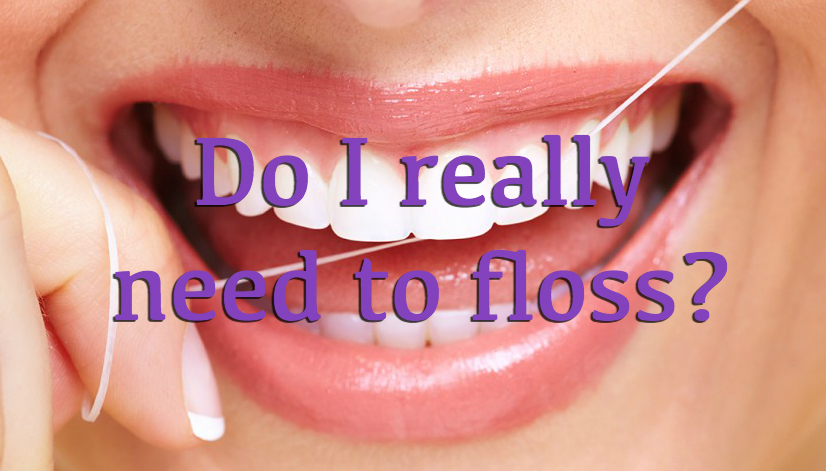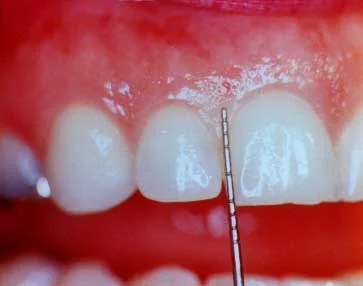According to recent estimates from the CDC, about half of all American adults have some form of periodontal disease. In these patients, gingivitis (inflammation of the gum tissue) has progressed to affect the bone and tissue levels around the teeth. The body's natural response to tarter (hardened plaque) is to lower the bone levels around the teeth, creating deep periodontal pockets.
In normal, healthy tissue, the pockets around the teeth have a depth of about 1-3 millimeters. With a toothbrush or floss, you can clean to a depth of about 4mm at home. Additionally, a toothbrush can remove soft, loose plaque but is ineffective at removing hardened tartar. Cleaning pockets deeper than 5mm or removing tartar from teeth requires the skills of a dental hygienist or a dentist.
Patients with Severe periodontitis have pockets over 5mm on multiple sites throughout their mouths along with gum recession, bleeding and excessive tartar. For this group, a simple cleaning will not suffice. To manage their disease, a hygienist/dentist will provide a deep cleaning, also known as scaling and root planing. Here, the gums are numbed so that the ulcerated tissue around the deep pockets is undisturbed by the cleaning process. The practitioner then proceeds to remove all tartar and plaque from the teeth, including the areas far below the gum line. This process is commonly performed over multiple appointments, so that your entire mouth is not numbed at once.
The ultimate goal of a deep cleaning is to plane the roots of the teeth so that new tissue can heal around them, creating shallower pockets. However, the deep cleaning session is only a half treatment. We can get the teeth cleaned and ready to heal, but periodontal disease can only be managed long term with good oral hygiene- brushing twice a day for two minutes and flossing daily.
Scaling and root planing is only one of many options in treating periodontitis. Depending on the location and severity of the disease, a general dentist or periodontist might recommend anything from a deep cleaning to gum surgery. As with everything in dentistry, a complete exam (including X-rays) is imperative in creating an appropriate treatment plan. If you would like to schedule an appointment today, please contact our office!
















